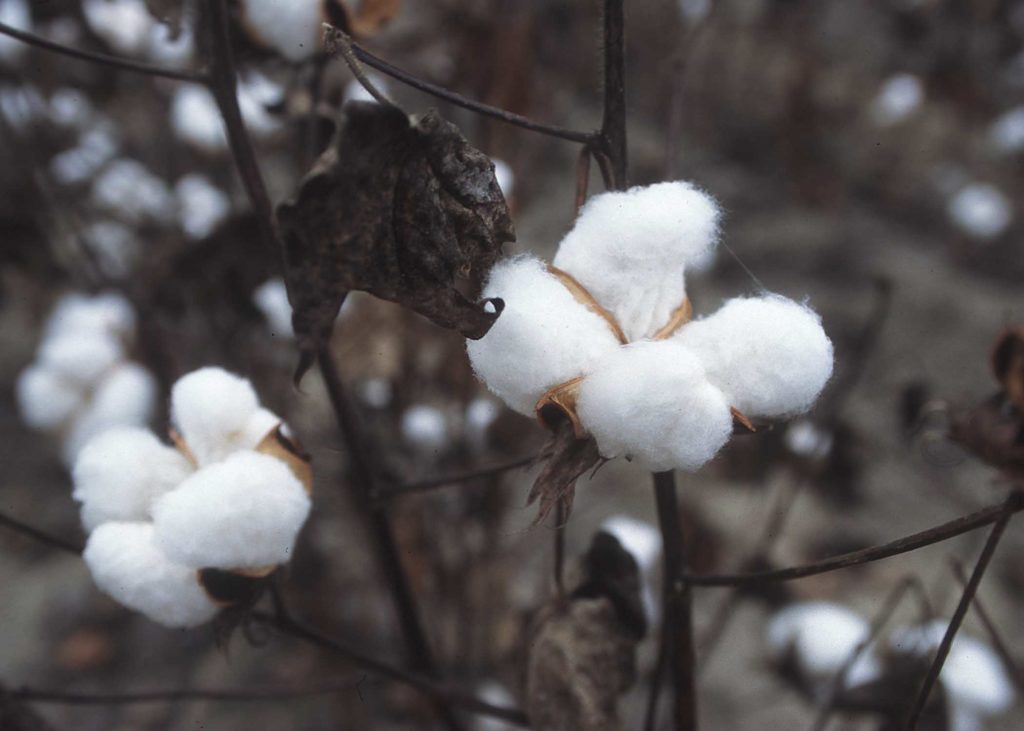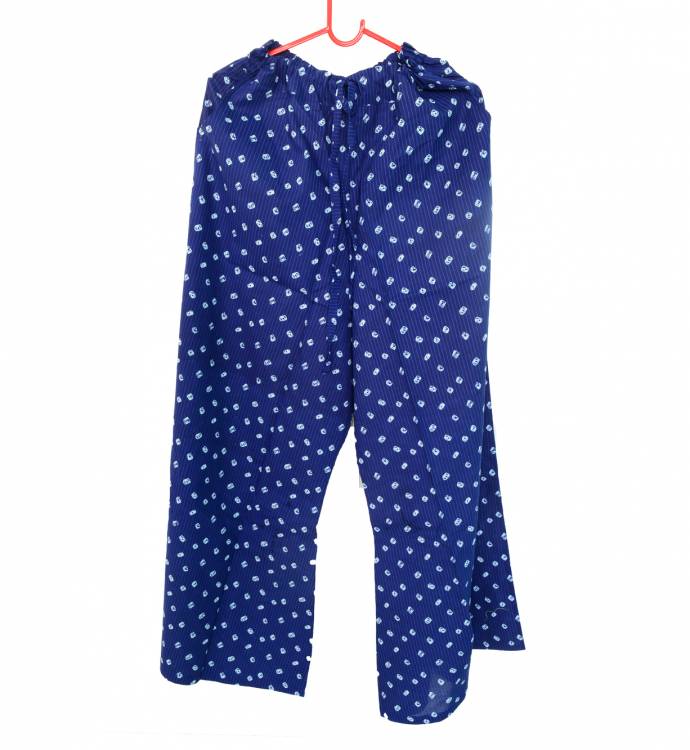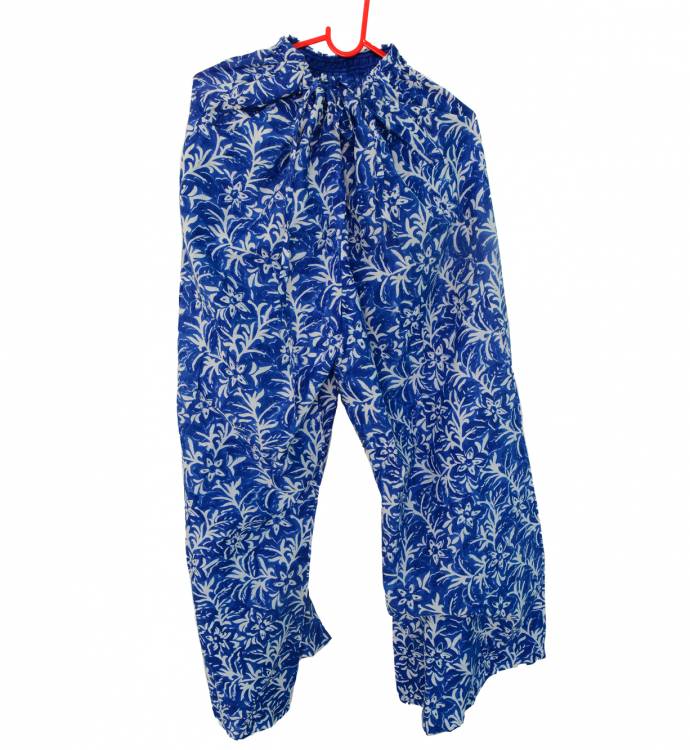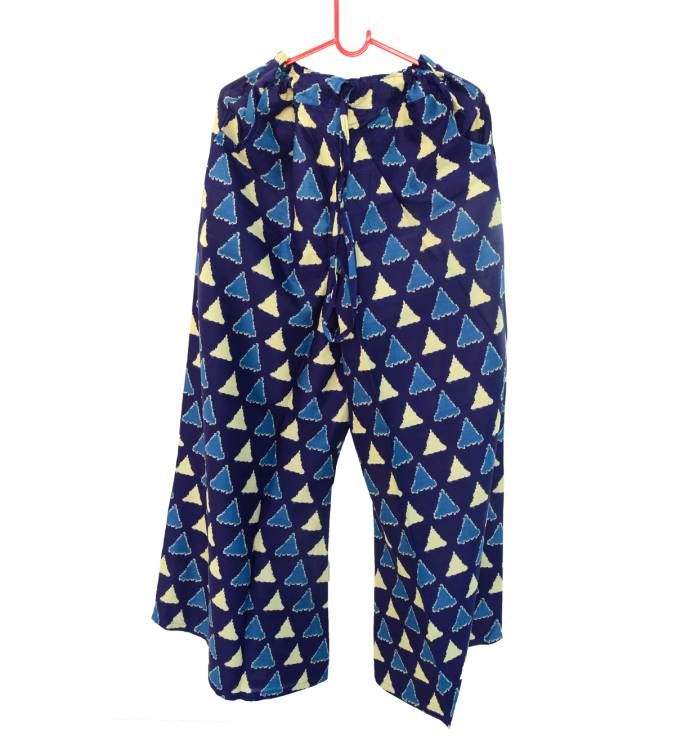As a fabric that is natural, ecologically sensitive, cool and omnipresent, cotton wins hands down. The most important fibre crop of India, cotton is the backbone of the textile industry. In the wake of the environment sensitive wave, organic cottons are changing the way eco friendly fabrics are being weaved. India is one of the biggest suppliers of organic cotton. India needs to recognize its own traditionally grown rain fed cotton which follows organic practices but it is languishing without certifications. This potential needs to be addressed to support thousands of poor cotton farmers. For the uninitiated, organic cotton is grown using methods and materials that have a low impact on the environment. Third-party certification organizations verify that organic producers use only methods and materials allowed in organic production. Organic cotton is grown without the use of toxic and persistent pesticides and synthetic fertilizers. In addition, federal regulations prohibit the use of genetically engineered seed for organic farming.
Cotton Counts
Cotton accounts for more than 70% of the total fibre consumption in textile sector more than 35% of the country’s exports. Cotton also represents around 35 percent of the total textile market. China, India and USA grow almost two-thirds of the world’s cotton.Organic cotton production is a promising option especially when it comes to reducing green house emissions, improving soil fertility and biodiversity and water conservation. Organic Cotton production therefore offers an opportunity for environmental protection. Organic Cotton Production has rapidly developed world wide during last few years and is increasingly finding favour among clothing manufacturers with a green thumb. Organic cotton can be the most commonly fetched fabric for any comfort loving person. According to Designer Lalit Dalmia, Director & Senior Designer, “as far as the industry is faring, it is going ahead at a good pace and it can be globally become the most comforting fabric for all age group. The new aspects known to me would be the wash and wear prodigy, which would probably save a lot of time for the busy office goers and people with laid back routine. I have travelled globe and have seen a huge requirement of organic cotton in Asian country and into the European countries.” As a fabric that works in all seasons, cotton is the most effective. “Organic cottons are the purest forms of cultivating cottons using no chemical fertilisers or anything close to manmade materials to creating the end product of cottons for any consumer or purpose as such. With the concern for global warming, we would see the growth of breathable organic cottons grow considerably since the chemicals are affecting the earth’s atmosphere,” says Designer Rajdeep Ranawat. Wearing Organic Clothing is so important, not only for the environment but also for our health. It is free of all the harmful chemicals that are added to conventional clothing not to mention the pesticides and chemical fertilizers in the fiber. Apparel companies are developing programs that either use 100 percent organically grown cotton, or blend small percentages of organic cotton with conventional cotton in their products.
Do The New
The new aspects in organic cotton clothing have gone up to every form of wearable form considerable. From daily wear, to formal and sleepwear apart from resort and cruise wear, organic cottons are the preferred fabrics for the ones who believe in a sustainable form of living and support a greener earth. “The market for organic cottons has been slowing down with the result of the dip in the economy, the influx of cheaper and readily available materials like polyester and viscose being available and more affordable,” says Ranawat. The pros of cotton is that it is a breathable fabric that is soft and configurable whereas the con is that not many industries support organic cottons as the production turnaround is lesser and slower apart from being a tad bit more expensive than the regular cottons. Organic cottons should be considered as a part of sustainable luxe fabric category so as to impart and educate the mandate about this fabric to the consumer and respect earth for a better standard of living in the coming future.
Market Impetus
Demand for organic cotton is constantly rising, since more and more buyers are looking for high quality cotton that is produced according to strict environmental and social standards. An organic certificate gives organic cotton farmers access to this dynamic market, thus reducing their dependency on the fluctuating world market for conventional cotton and allowing them to get a better price for their product. “Consumers the world over are increasingly becoming environment and health conscious. Developing concern for protecting ecology and preventing global warming, especially in the western countries, is boosting the demand for organic and eco-friendly products across all categories. Textile is no exception to this global trend. India is today the largest producer of organic cotton in the world with a production of 15,000 tons but still has a huge opportunity to grow,” says Karma Bhutia, Founder & CEO, iShippo. The market for organic cotton clothing continues to pick up pace as more and more people are becoming aware and conscious of the benefits of wearing organic cotton. “This emerging breed of conscious shoppers is snowballing especially through social media. There is still a long way to go for the market to provide more options to choose from in the organic section, but I believe the market for this is growing rapidly,” says Designer Sunieta Narayana. Some of the challenges are of course finding legit fair-trade organic cotton suppliers and of course price-points.
Numbers & More
The organic cotton market is very dynamic. According to the 2008 Organic Exchange market report, global retail sales of organic cotton products reached up to 63%. This shows that, in contrast to the fairly saturated market for conventional cotton, there is great potential for companies investing in organic. “The concept of ‘organic cotton’ is successfully being marketed to brands and retailers in the fashion industry as being part of their policies for CSR. The new involvement of large brands and retailers increases the number of points of sale exponentially, making organic cotton items available to consumers in the usual points of purchase for textiles and clothing. Organic cotton items are increasingly found in regular sale channels such as high-street fashion shops, department stores, and supermarkets,” says Karma. The involvement of large fashion brands and retailers in organic cotton use generates much attention from other parts of the textile industry, from designers and from the media. This further strengthens consumers’ interest in organic cotton textiles and clothing, and their willingness to purchase.
Odds & Evens
In organic production systems, farming input costs are considerably lower, since most of the inputs are produced from local resources at farm level (compost, manure, natural pesticides). An enhanced crop rotation provides farmer families with a range of different food crops, thus improving their food security and reducing their dependency on the cotton market. “At the same time, the risk of crop failure through unfavourable climatic conditions or pest infestation is considerably reduced due to crop diversification and the cultivation of well-adapted species. Moreover, organic cotton provides extra income thanks to the organic premium. Farmers, traders, retailers and consumers all benefit from the economic, social and ecological advantages of organic cotton projects. Organic cotton is not only cheaper to produce, but it also prevents soil damage as caused by the modern synthetic fertilisers and pesticides,” says Karma. However organic cotton is not without challenges. The lack of abundant non-GMO seed is one of the most pressing issues with organic cotton today. Shortage of organic cotton supply needs to be addressed through improved communication and connections across the supply chain. Better market access for organic farmers in all regions to strengthen sourcing efforts so that organic cotton can come from more areas of the world. It is time that these concerns are addressed at a macro level to ensure that the benefits of organic cotton are seen in the micro level.
All pics in this post are courtesy iShippo.
This story appeared in the September 2016 issue of Apparel: Apparel – September 2016 – Going Green – Organic Cotton






Hi, we need to contact for our organic cotton business development
Sorry am a writer but you can look up these businesses on the Internet and get contact details from their webpage.